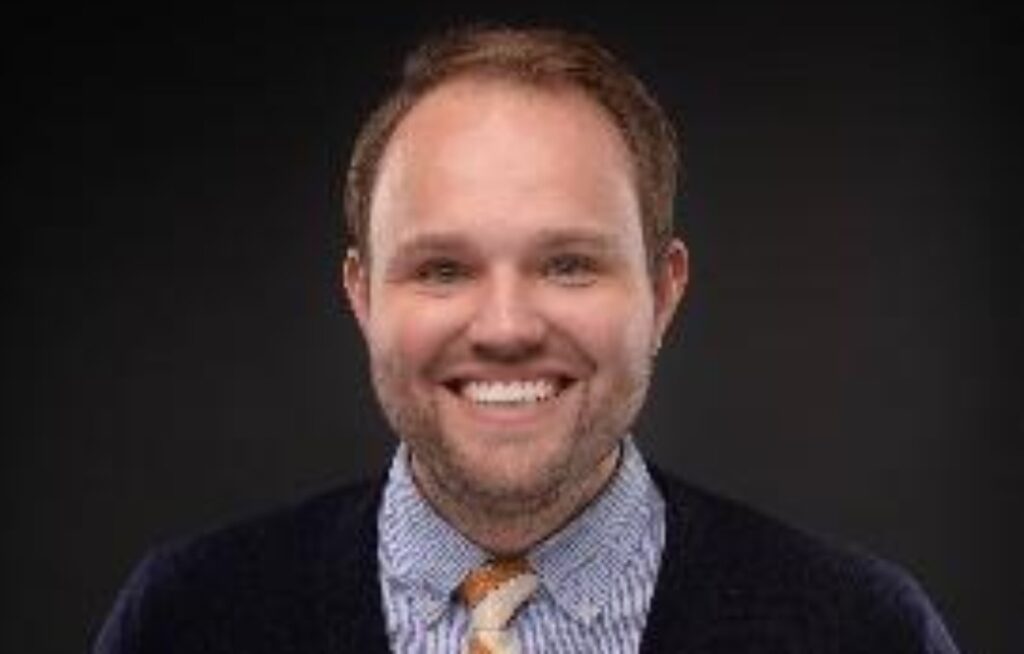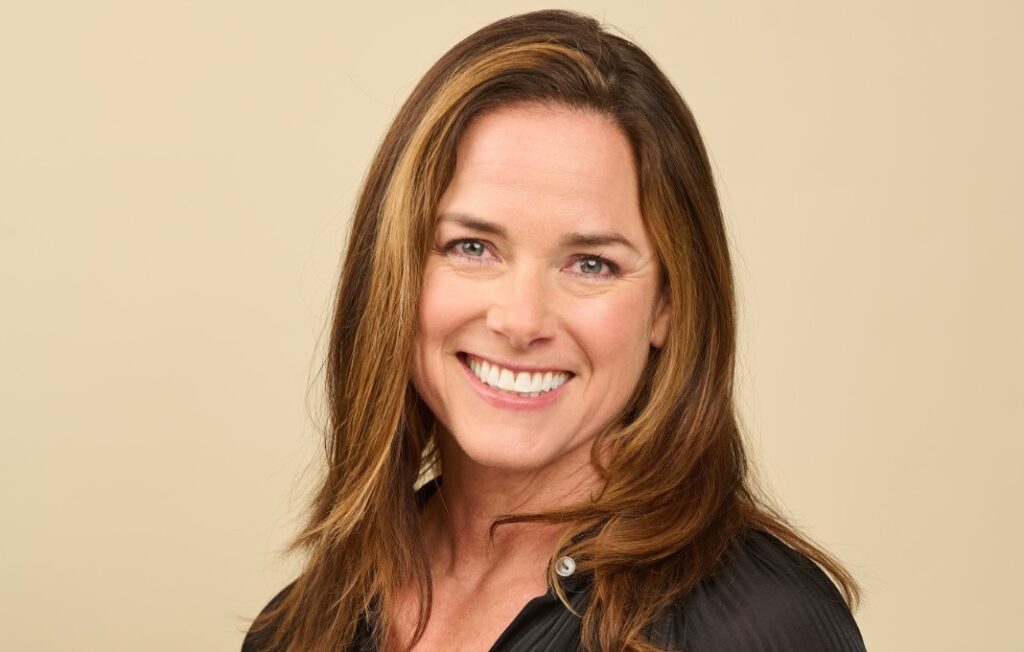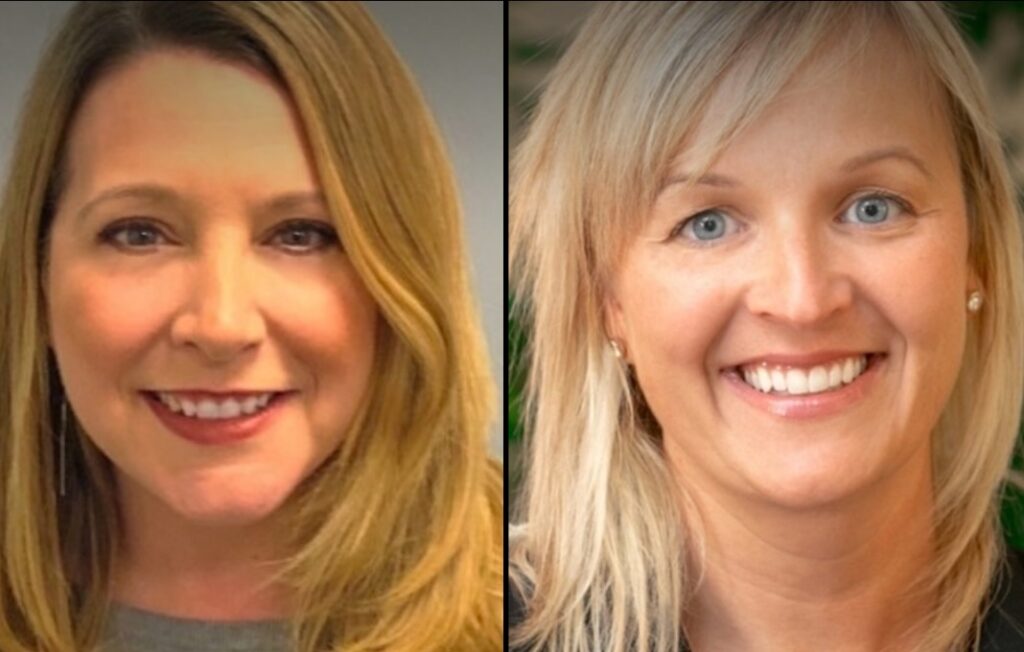As diversity, equity and inclusion efforts continue to evolve, it’s time to be “data-brave, not data-blind,” says Tariq Meyers, chief people officer at Canvas Technologies, a Boulder, Colorado-based company that provides a digital recruiting platform to build diverse teams.
Meyers, who served in similar positions at Lyft and Coinbase Global and was named a Forbes “30 Under 30” in 2018 and a “Root 100: Most Influential African Americans of 2018,” says the moment is ripe to bring diversity efforts to the next level.
Companies want to hire diverse teams, yet more often than not, their efforts seem to fall short. Why?
It’s not lost on me that DE&I has evolved in the last decade: we’ve come from the days when advocates and communities made arguments for the “business case for diversity” to a time where far more companies are placing DE&I front and center. DE&I jobs grew 70 percent in the last five years, but where do we still have to go? What will it take to usher in DE&I 2.0, where a broad opportunity landscape is the norm, not the exception?
We’re beyond the days of “EEOC-defined” representation and releasing diversity reports—it’s time for us to name the opportunity and create measurable accountability. It’s not enough to just say, “We need more diverse talent, more people who are differently abled, more people of color.” We need to recognize situations where leaders can say, “We don’t have any Black women at the table.” “We don’t have any people from underrepresented communities on this team.” “We don’t have people who may not have gone to college.” “We don’t have goals.”
There’s an old saying in business, “What gets measured gets managed.” When organizations have better data about their diverse talent pipelines, they can get better at improving representation and creating a truly inclusive environment. It’s time to be data-brave, not data-blind.
Make sure you’re increasing representation and opportunity, or we’re not going to see the progress that we’re hoping for. This is especially true after 2020, when the U.S. witnessed the largest racial justice movement in recent history and in the aftermath of a pandemic that hurt marginalized communities disproportionately.
Name the opportunity—have candid conversations about who isn’t in the room and even more candid conversations about why they’re not there. Meritocracy is a myth: the richness that employees can bring to our companies extends beyond what they can just “do.” They are the sum of their lived experiences, far beyond when they first entered the workforce. By naming the opportunity, we add humanity to our talent practices and begin valuing talent beyond a tick on a diversity chart.
What are the top myths about diversity recruiting that HR leaders need to stop believing now?
One of the biggest myths that we have to put to rest is the idea that accounting for diversity lowers the talent bar. No one is asking to lower the talent bar—instead, expand the richness of your talent bar. Change the pattern of what you’re looking for when you’re recruiting; expand the bandwidth of who can get surfaced and noticed and hired by your company. Silicon Valley was built on pattern recognition: our friends went to this school, this person has been successful in this role, this person has a certain type of pedigree.
The truth is, we try too hard to put all our chips on that one pattern. Expanding the talent bar is about finding new ways of identifying patterns of success. Maybe someone’s a first-generation college graduate and they worked their way through school—that’s a signal for resilience. Maybe someone doesn’t have a four-year degree, but they’re self-taught, they’re entrepreneurial—this is a signal for tenacity.
There are so many people from communities who don’t fit the “typical” pattern of who gets hired in Silicon Valley, whether it’s Black people, people of color, first-generation college students, people from a working-class background, people who are differently abled, trans people and others. We need HR leaders to expand their conception of who can be successful. Just because one talent pattern worked doesn’t mean it’s the only pattern that’s going to work. Let’s expand our idea of what those profiles and pedigrees can be.
How do you ensure your company is truly accountable when it comes to DE&I in the hiring process?
It takes a village. And it takes a lot of intention. You need radical alignment around the C-team and executive team that this is important to accelerate our business. Working as HR leaders, we need to understand that we’re all impacted by the team that we build. The business itself is impacted by a radically diverse and rich team. We all need to have buy-in that this is worth doing. This is especially important for hyper-growth organizations.
How do you accomplish this? Look at the what and the how of hiring and evaluating what it takes for people to be successful. What: skillsets. How: behaviors. Be very clear about behaviors and competencies and use that to shape the hiring strategy. It’s a distributed world, so [even if you’re in tech] you don’t have to look only at the geographic vicinity of Silicon Valley—look at Boston, Chicago, Detroit, Miami, Nashville—people in lots of these other markets tend to get overlooked because they’re not proximate to Silicon Valley, because they didn’t work at FAANG companies—Facebook, Amazon, Apple, Netflix, Google, Microsoft.
Work on improving the surfacing of diversity of your inbound pipeline. So many folks get overlooked in inbound applications. Companies don’t have resources to recognize the diversity of folks in their own pipeline. Over 70 percent of candidates in our ecosystem self-report diversity to companies. Looking at inbound helps you find people who might not be getting sourced from the marketplace or from LinkedIn. It helps you surface talent from the pipeline of people who already want to work for you, who are raising their hand. Companies need to get better at seeing this diversity in real time.
What is the No. 1 thing HR leaders can do today to make a positive impact?
Building trust, being honest. Especially after 2020, so many companies made big promises on DE&I, but now a company’s brand promise needs to match the brand experience.
Underrepresented people hold a lot of power right now. Five years ago, these communities were banging down the doors. Too often, we’ve seen a dynamic of “Brown faces in high places,” a few diverse folks getting hired, but when people from these communities walk through the doors, the brand experience doesn’t meet the promise. Now the power dynamics have changed. Because so many organizations are focused on DE&I, candidates have more choices of where to go. It’s not just about who you hire, it’s about who stays.
We as tech company leaders, for example, owe it to underrepresented, untapped communities to be honest about where we are in our DE&I journey. We created this problem as an industry, and we owe it to the people who have been harmed. We need to be transparent about our brand promise, where we are with DE&I, not have a bait and switch experience, and not let people be “canaries in the coal mine.”
We need to humanize this work more, find the humanity in it, see people as people, not just a tick on the diversity chart, not “us versus them.” How can we create a future where we’re not just constantly building for who’s already in the seat? Let’s build for those who are left out, who may not be there now. Get past this idea that opportunity is a zero-sum game, that equality is a threat to privilege, diversity is taking away opportunities. No! By uplifting everyone, diversity is expanding opportunities.








